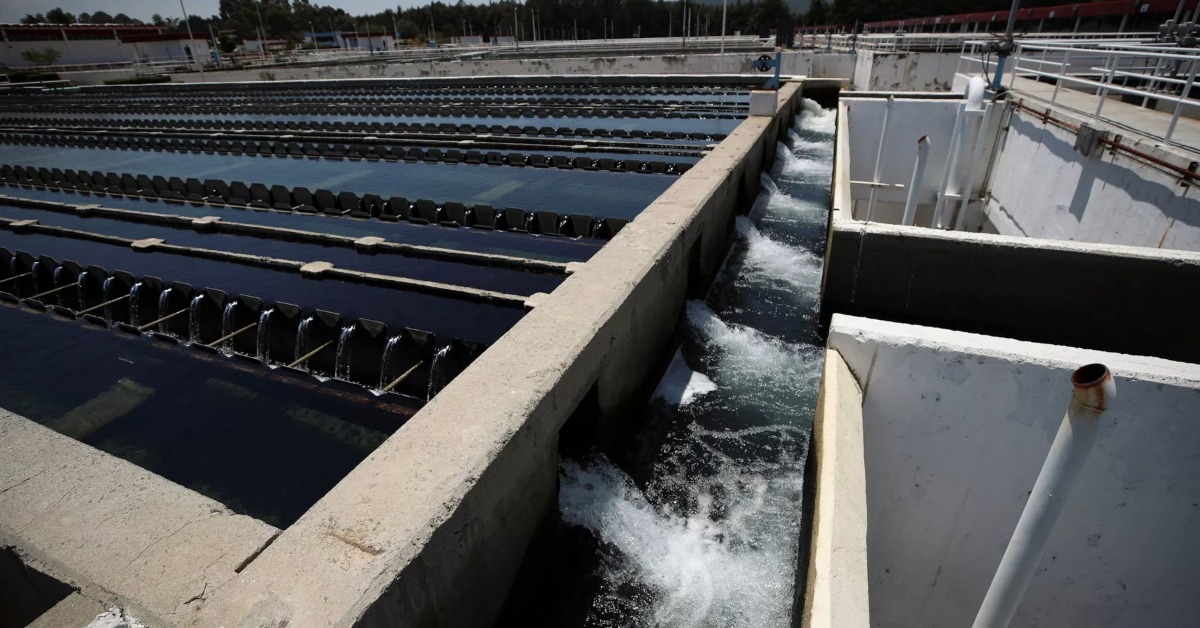Mexico City's Cutzamala System reaches nearly 60% capacity after a strong rainy season, offering relief from water rationing and raising hopes for a more secure water future . . .


Mexico City's Cutzamala System reaches nearly 60% capacity after a strong rainy season, offering relief from water rationing and raising hopes for a more secure water future . . .
